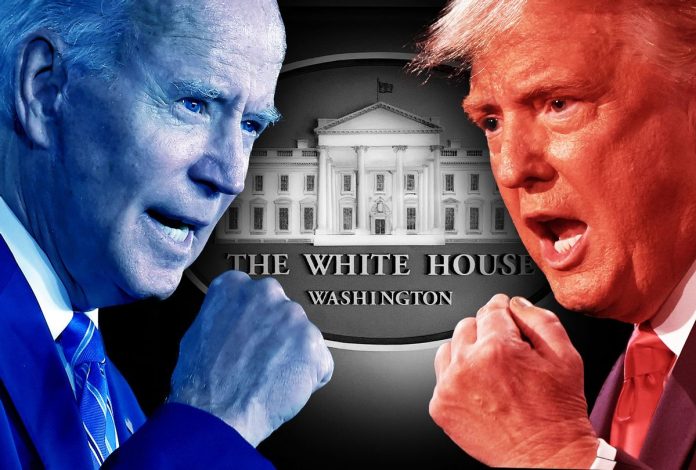
Every four years, the United States of America (USA), chooses its President and Vice President. This process begins with primaries and caucuses in each state where the two largest political parties, the Democratic and Republican Parties, have people voting for who they want to be the leader of their political team.
Political Primary elections are voting processes by which voters choose their preference for their party’s candidate, or a candidate in general, in an upcoming general election, local election, or by-election. During primaries, a day is settled upon when individuals from the same political team cast their votes for their preferred candidate. The winner gets points or delegates based on the votes cast.
Caucuses are more like meetings where people openly discuss and vote for their favoured candidate, also earning delegates. The winner of both primaries and caucuses gets these points that help decide who the whole state supports. Primaries and caucuses mark the starting point where people in each state determine who they want to lead their team in the elections for the President of the United States.
Once the political parties have their flag bearers chosen, they head to the party convention, a gathering where members of each political party from all over the country, come together. Here, the Party officially nominates by confirming their chosen candidates into the team captains, who will run for President and Vice President.
Political Party conventions aim to unite the party, bringing together supporters who may have backed different candidates during the primaries and caucuses. It ensures that the membership and like-minded non-members support their leaders in the upcoming presidential election against the rival political party’s candidate.
The chosen players then embark on a nationwide journey, talking to people about their ideas and having debates to convince everyone that they should be in charge.
The US presidential elections have a special ingredient that assists in determining the winner called the electoral college. Instead of every citizen voting directly, thus having to count all the votes from everyone in the country, each state gets special points called electoral votes. The number of electoral votes a state gets is based on its population. The more people in a state, the higher the allotment of electoral votes for that state.
Each state gets several electoral votes equal to the total number of its Senators and Representatives in the United States Congress. Since every state has two Senators, this ensures that even the smallest states have at least three electoral votes two Senators plus one Representative. The larger states, with more Representatives based on their population, will receive a higher total number of electoral votes. This system aims to balance the influence of states with varying population sizes in the presidential election process.
Among the final two candidates running for the presidency, the one who gets the most votes in a state usually gets all of that state’s electoral votes. To become the President, a candidate needs at least 270 out of 538, equivalent to 50 + 1 per cent in Kenya’s Presidential elections.
In January, everyone in Congress certifies the outcome of the election results by checking if the points were given correctly. The candidate with the most points now becomes the official winner. Finally, on January 20th, the winner is inaugurated, marking the moment their four-year term commences as they become the new leader of the country.
So, in the US Presidential elections, it’s not just about winning by more votes in the overall tally but winning in the right states.

